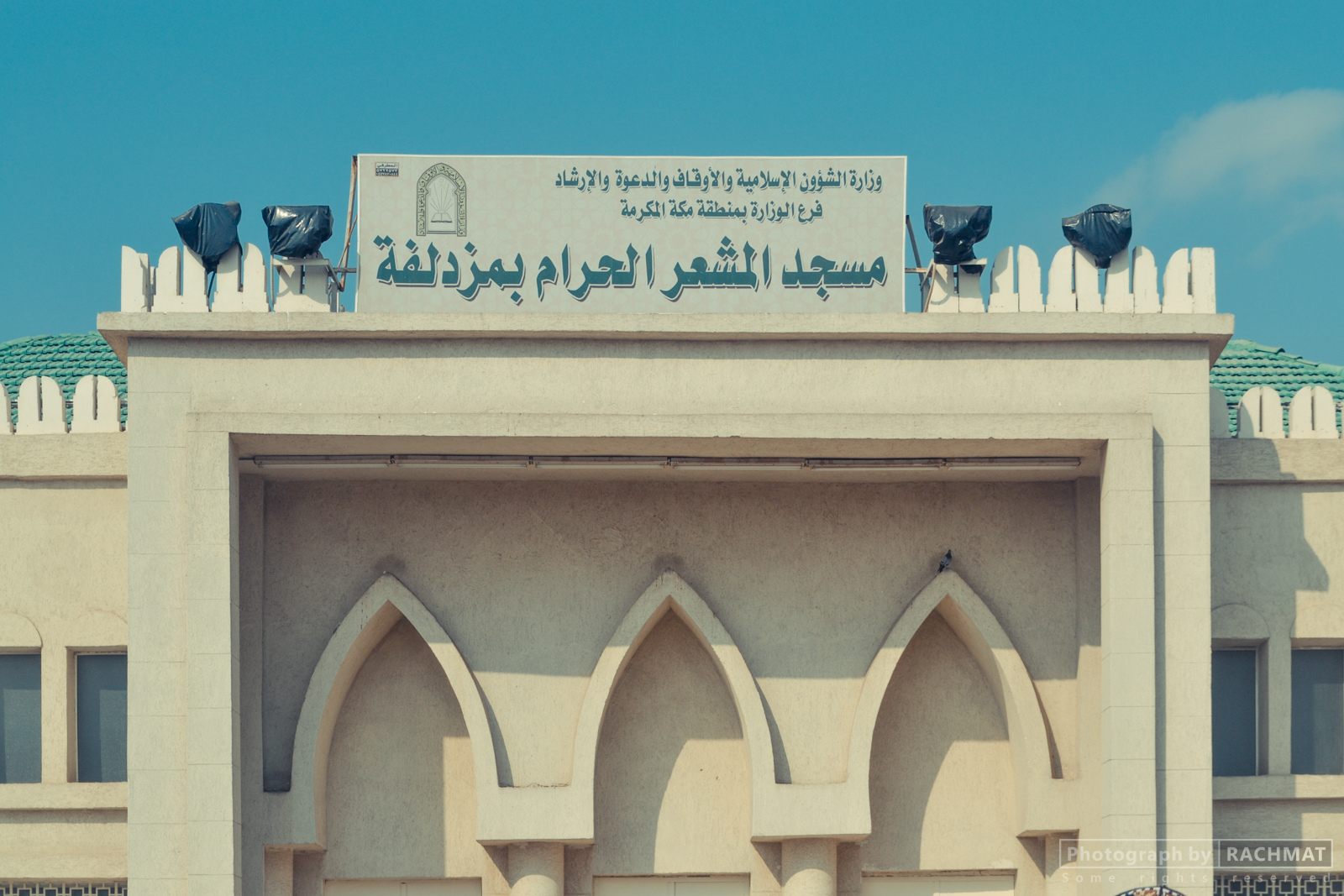|
Auwal Mosque
The Auwal Mosque, alternatively spelled Awwal, Owal or Owwal, is a mosque in the Bo-Kaap neighbourhood of Cape Town, South Africa, recognised as the first mosque established in the country. It was constructed in 1794 during the first British occupation of the Cape on land belonging to Coridon van Ceylon, a Vryezwarten (freed Black Muslim slave). Coridon's daughter, Saartjie van de Kaap, inherited the property that was being used as a warehouse, and donated it for the use as South Africa's first mosque. The mosque was constructed in 1794 with renovations done in 1907 and extensive renovations done in 1936. It is the first mosque to observe public prayers and is where Cape Muslim traditions and the Arabic-Afrikaans language were first taught. It remains a symbol for Muslims of the recognition of Islam and the freedom of slaves to worship. Qadi Abdussalam, affectionately known as Tuan Guru, was appointed the first imam. Tuan Guru was a religious leader and political prisoner. Whi ... [...More Info...] [...Related Items...] OR: [Wikipedia] [Google] [Baidu] |
List Of First Mosques By Country
The designation of the oldest mosques in the world requires careful use of definitions, and must be divided into two parts, the oldest in the sense of oldest surviving building, and the oldest in the sense of oldest mosque congregation. Even here, there is the distinction between old mosque buildings that have been in continuous use as mosques, and those that have been converted to other purposes; and between buildings that have been in continuous use as mosques and those that were shuttered for many decades. In terms of congregations, they are distinguished between early established congregations that have been in continuous existence, and early congregations that ceased to exist. Note that the major regions, such as Africa and Eurasia, are sorted alphabetically, whereas the minor regions, such as, and Arabia and South Asia, are sorted by the dates in which their first mosques were reportedly established, more or less, barring those that are mentioned by name in the Quran. To be ... [...More Info...] [...Related Items...] OR: [Wikipedia] [Google] [Baidu] |
